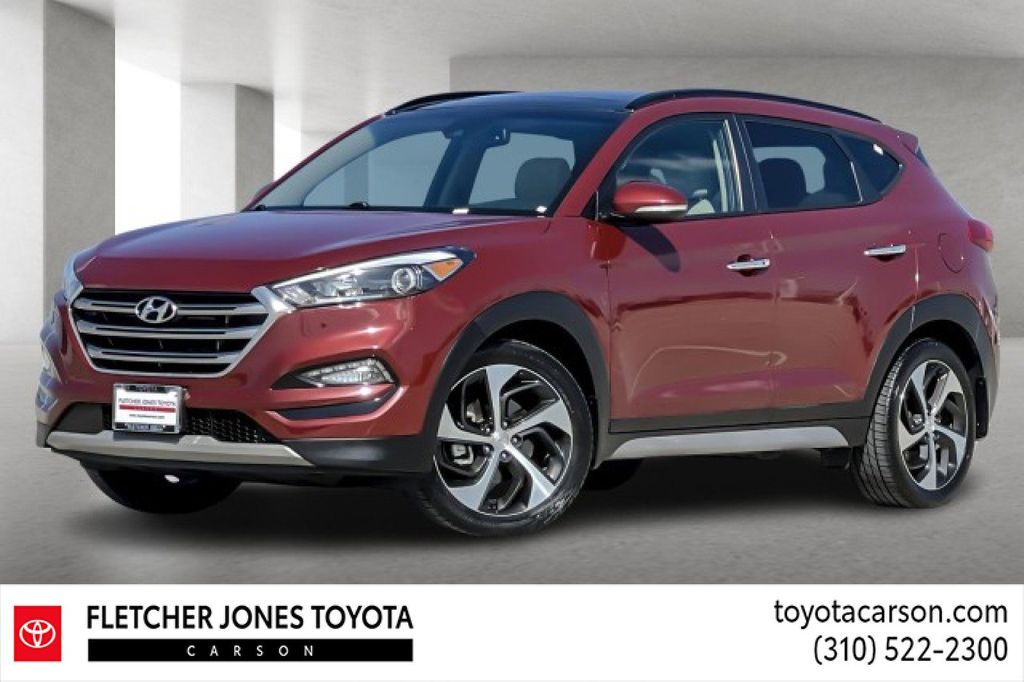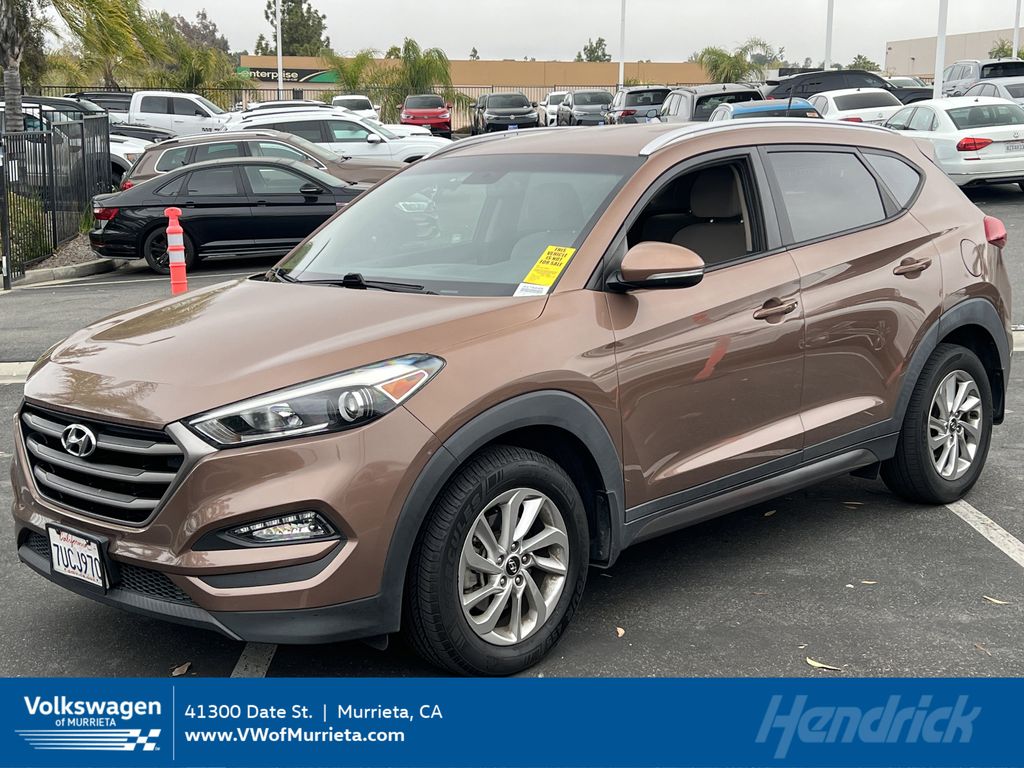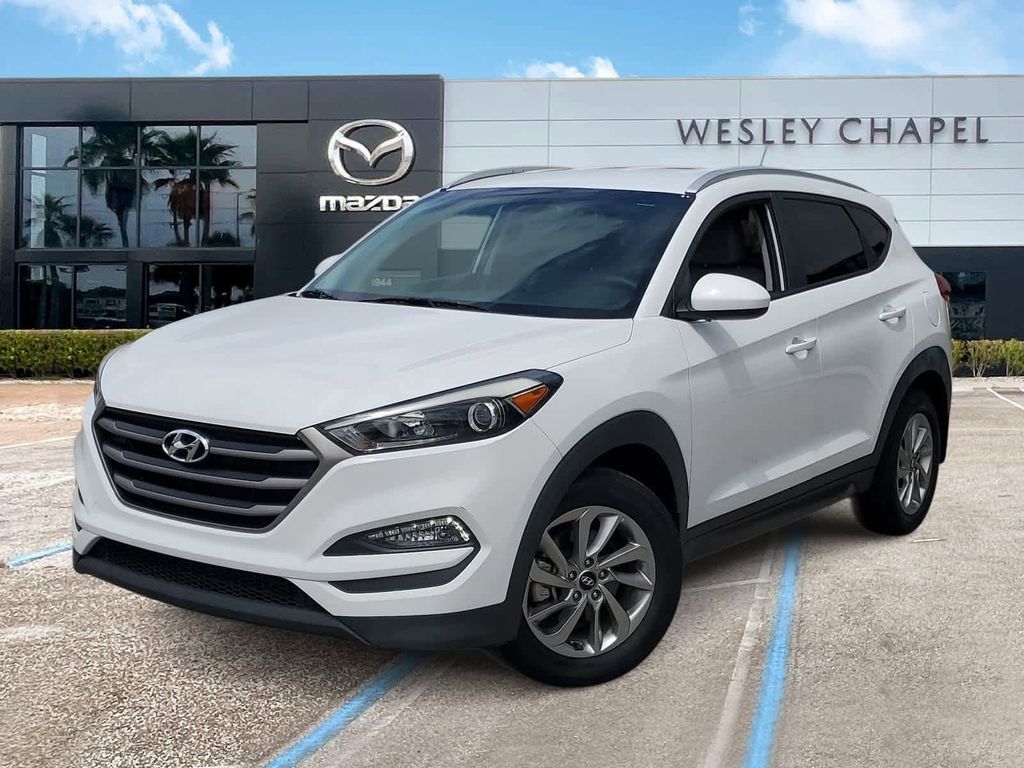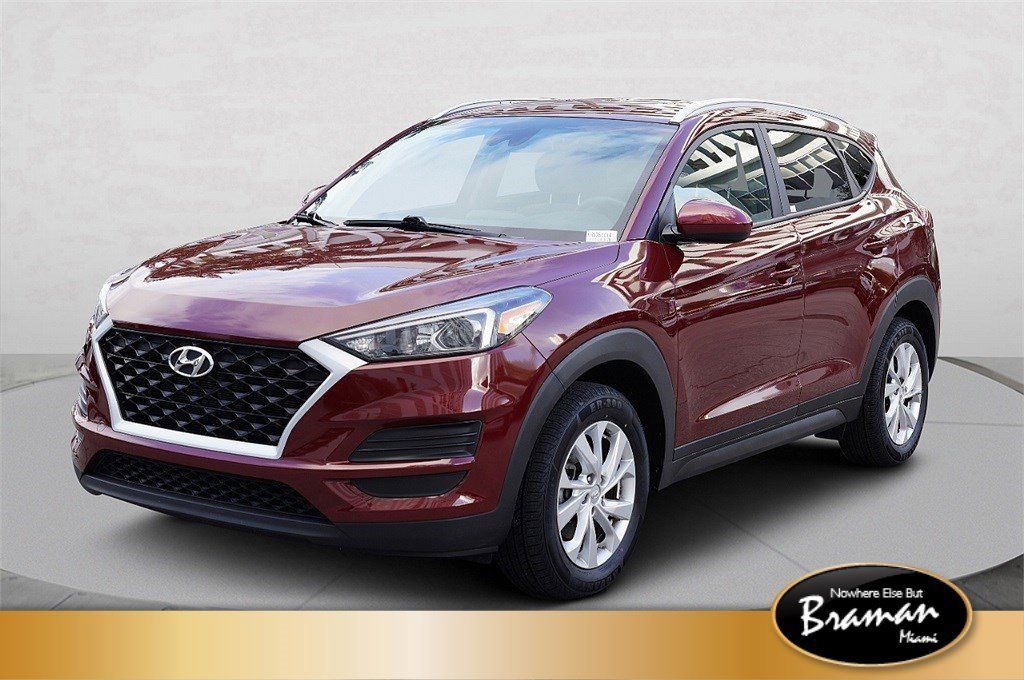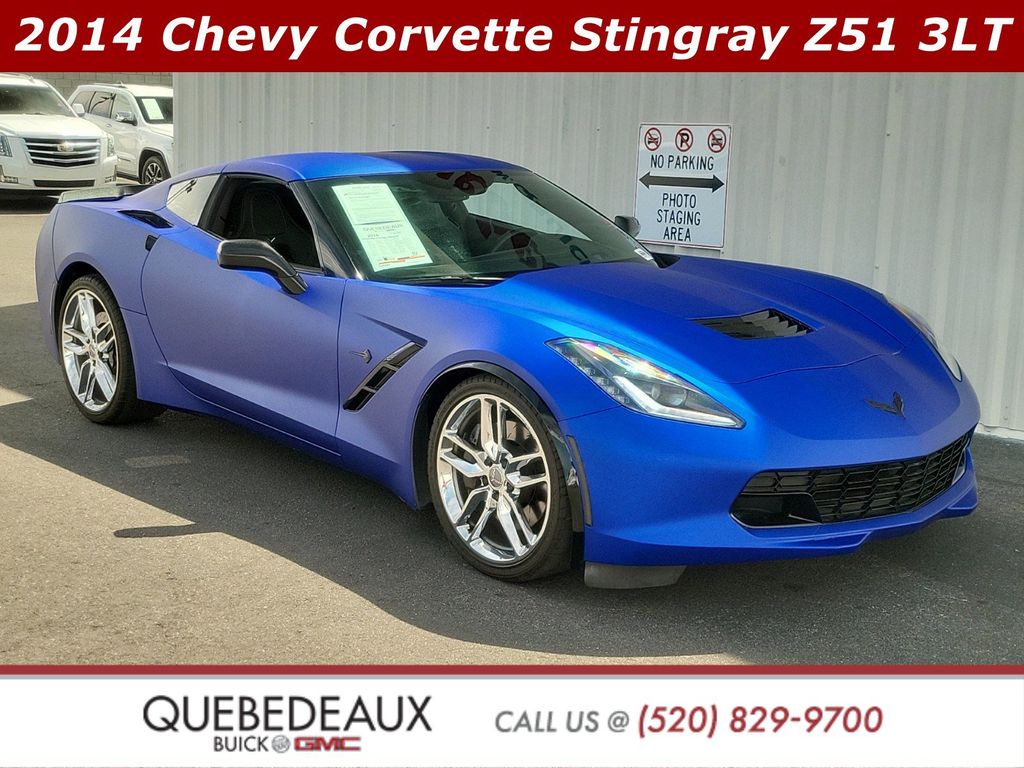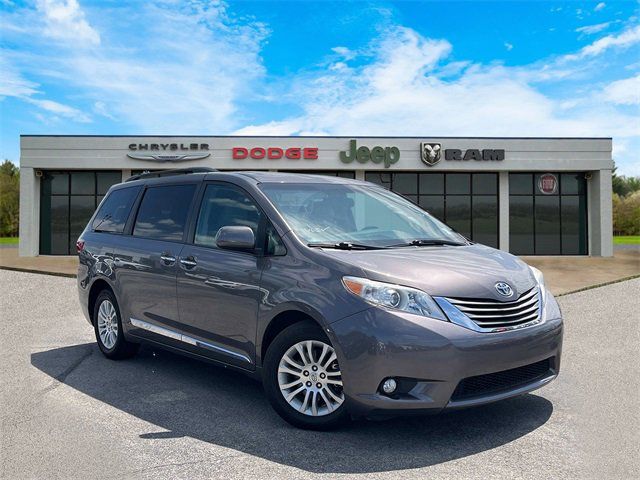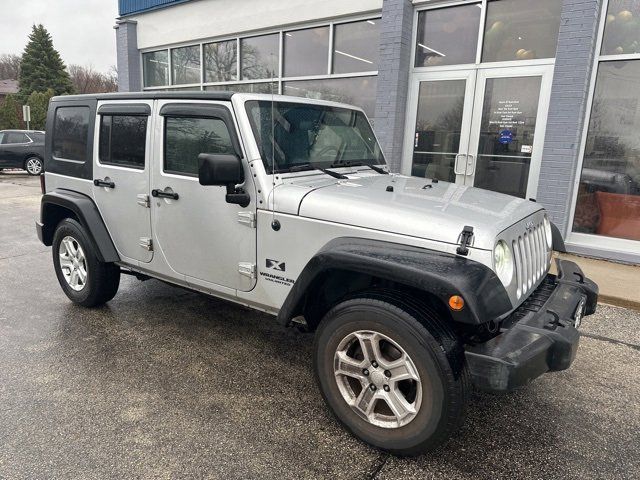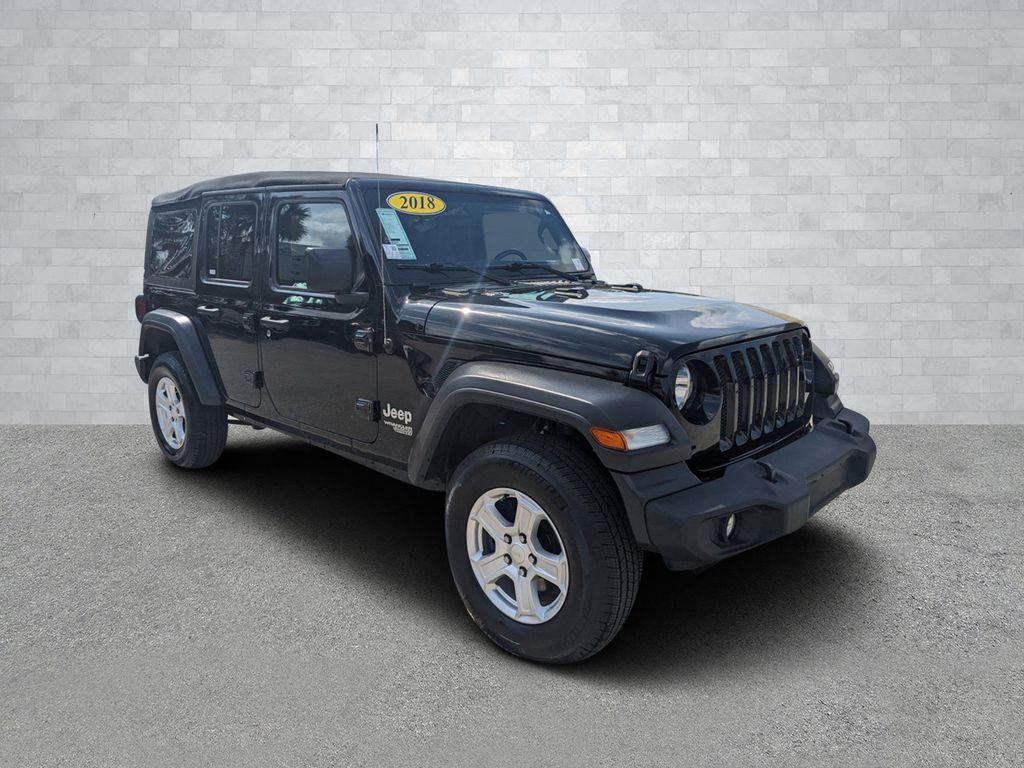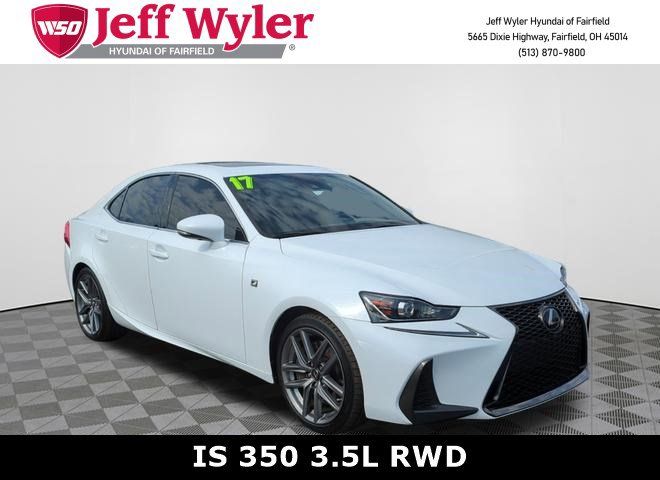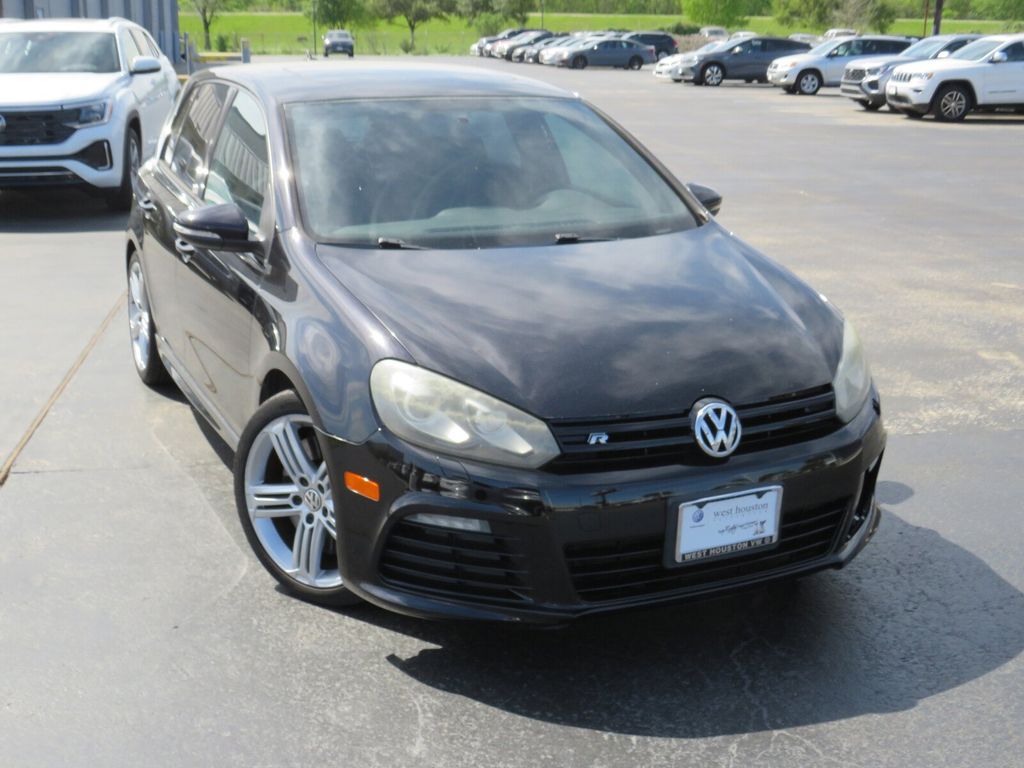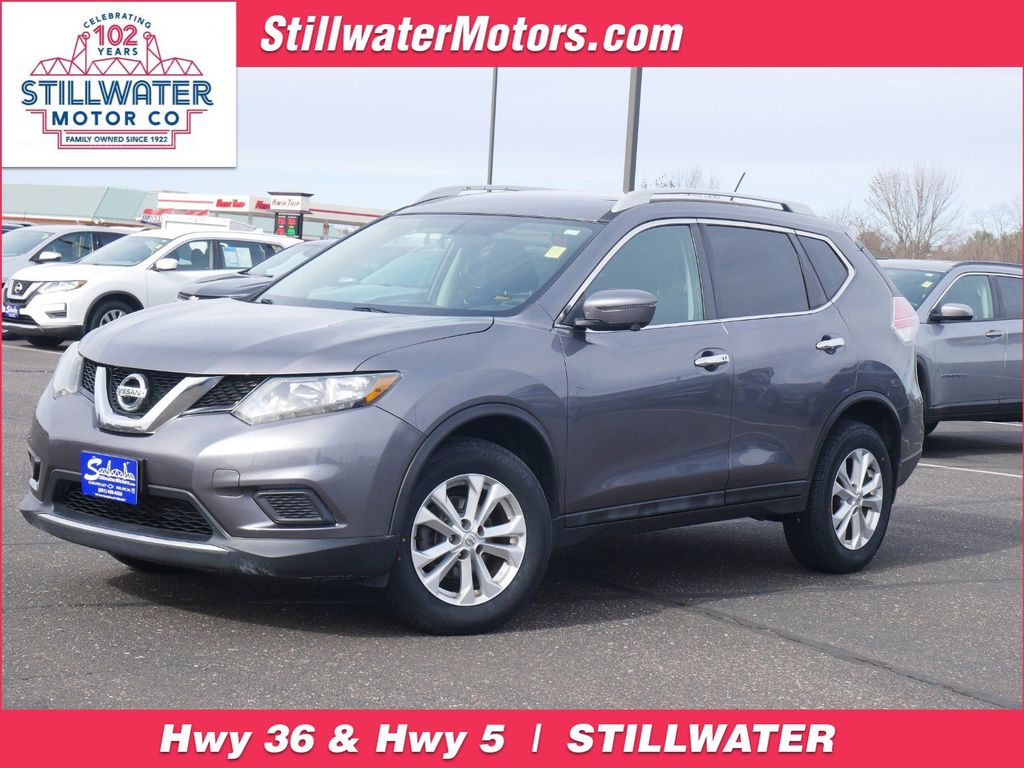
2022 HYUNDAI TUCSONVIN: 5NMJFCAE9NH018602
Historical Records
40,000 mile service performed
Titled or registered as lease vehicle
| Year | 2022 |
| ODO | 6665 mi |
| Seller | Hidden text (Hidden text) |
| Location | Massillon, OH, 44646 |
| Date | appeared 16 days ago latest price $9272 sale post disappeared 2023-03-13 |
| Price History | |
| Sale Website Type | classifieds |



| Color | Portofino Gray Exterior |
| Transmission | 8-Speed Automatic Transmission |
| Drive | All wheel drive |
| Year | 2022 |
| ODO | 9199 mi |
| Seller | Hidden text (Hidden text) |
| Location | Massillon, OH, 44646 |
| Date | appeared 22 days ago latest price $3578 sale post disappeared 2020-09-23 |
| Sale Website Type | classifieds |
| Notes | |
| Hidden text | |



| Body Style | SUV |
| Color | Portofino Gray |
| Color (Interior) | Black |
| Transmission | Automatic |
| Engine | Smartstream 2.5L I-4 port/direct injection, DOHC, CVVT variable |
| Drive | All-wheel Drive |
| Fuel Type | Gasoline |
- 12V power outlets 2 12V power outlets
- 7214
- ABS Brakes Four channel ABS brakes
- Hidden text
- All Wheel Drive
- Hidden text
- Apple CarPlay
- Hidden text
- Auto-Dimming Interior Mirror w/HomeLink
- Hidden text
- Battery type Lead acid battery
- Hidden text
- Brake Assist
- Hidden text
- Cabin air filter
- Hidden text
- Cargo tray organizer Cargo area tray/organizer
- Hidden text
- Convenience Package
- Hidden text
- Door ajar warning Rear cargo area ajar warning
- Hidden text
- Door panel insert Piano black and metal-look door panel insert
- Hidden text
- Driver selectable steering effort Drive Mode Select driver selectable steeri...
- Hidden text
- Electronic stability control
- Hidden text
- Engine Location Front mounted engine
- Hidden text
- First Aid Kit
- Hidden text
- Floor mats Carpet front and rear floor mats
- Hidden text
- Front Bucket Seats
- Hidden text
- Front seat upholstery Premium cloth front seat upholstery
- Hidden text
- Fully Automatic Headlights
- Hidden text
- Headlight type Aero-composite headlights
- Hidden text
- Heated Front Seats
- Hidden text
- Illuminated Glove Box
- Hidden text
- Keyfob cargo controls Keyfob trunk control
- Hidden text
- Lane departure Lane Keeping Assist (LKA)
- Hidden text
- Maintenance warranty 36 month/36,000 miles
- Hidden text
- Number of first-row LCD screens 2 total number of 1st row displays
- Hidden text
- Overdrive Transmission
- Hidden text
- Panic alarm
- Hidden text
- Power Sunroof
- Hidden text
- Primary display touchscreen Primary monitor touchscreen
- Hidden text
- Rear Springs Regular grade rear springs
- Hidden text
- Rear head restraint control Manual rear seat head restraint control
- Hidden text
- Rear seats fixed or removable Fixed rear seats
- Hidden text
- Reclining rear seats Manual reclining rear seats
- Hidden text
- Running lights LED daytime running lights
- Hidden text
- Security System
- Hidden text
- Spare tire Compact spare tire with steel wheel
- Hidden text
- Split folding rear seat
- Hidden text
- Start-stop engine Idle, Stop & Go (ISG) auto stop-start engine
- Hidden text
- Steering wheel tilt Manual tilting steering wheel
- Hidden text
- Tailgate control Tailgate/power door lock
- Hidden text
- Towing trailer sway Trailer sway control
- Hidden text
- Trip Computer
- Hidden text
- USB ports 4 USB ports
- Hidden text
- Visor driver expandable coverage Driver visor with expandable coverage
- Hidden text
- Wheel well trim Black wheel well trim
- Hidden text
- Wireless device charging Front wireless smart device charging
- 1140
- 3.648 Axle Ratio
- Hidden text
- Accessory power Retained accessory power
- Hidden text
- Alternator Type Alternator
- Hidden text
- Armrests rear Rear seat center armrest
- Hidden text
- Autonomous cruise control Lane Following Assist (LFA) hands-on cruise contro...
- Hidden text
- Blind Spot Monitor
- Hidden text
- Bulb warning Bulb failure warning
- Hidden text
- Cargo access Smart Liftgate proximity cargo area access release
- Hidden text
- Climate control Automatic climate control
- Hidden text
- Cylinder head material Aluminum cylinder head
- Hidden text
- Door handle material Body-colored door handles
- Hidden text
- Driver Door Bin
- Hidden text
- Dual Automatic Temperature Control
- Hidden text
- Emergency SOS Blue Link Connected Car Service (3-year complimentary subscrip...
- Hidden text
- Engine block material Aluminum engine block
- Hidden text
- First-row windows Power first-row windows
- Hidden text
- Fob window controls Keyfob window control
- Hidden text
- Front head restraint control Manual front seat head restraint control
- Hidden text
- Front side impact airbag passenger Seat mounted side impact front passenger ...
- Hidden text
- Gearshifter material Leather and metal-look gear shifter material
- Hidden text
- Headliner material Cloth headliner material
- Hidden text
- High mount stop light High mounted center stop light
- Hidden text
- Instrumentation display Digital/analog instrumentation display
- Hidden text
- Keyless Start
- Hidden text
- Lock-up transmission
- Hidden text
- Multi-Level Cargo Floor
- Hidden text
- Oil pressure warning
- Hidden text
- Overhead console
- Hidden text
- Passenger doors rear right Conventional right rear passenger door
- Hidden text
- Power driver seat controls Driver seat power reclining, lumbar support, cush...
- Hidden text
- Radio AM/FM/digital/SiriusXMsatellite
- Hidden text
- Rear camera Rear View Monitor rear mounted camera
- Hidden text
- Rear seat check warning Ultrasonic Rear Occupant Alert rear seat check warni...
- Hidden text
- Rear window trim Black rear window trim
- Hidden text
- Roadside assistance coverage: 60 months/ unlimited distance
- Hidden text
- Seatback storage pockets 2 seatback storage pockets
- Hidden text
- Sequential shift control SHIFTRONIC Sequential shift control
- Hidden text
- Speakers number 6 speakers
- Hidden text
- Spoiler Rear lip spoiler
- Hidden text
- Steering type Rack-pinion steering
- Hidden text
- Suspension ride type front Independent front suspension
- Hidden text
- Temperature display Exterior temperature display
- Hidden text
- Traction control All-speed ABS and driveline traction control
- Hidden text
- Trunk lid trim Plastic trunk lid trim
- Hidden text
- Variable Intake Manifold
- Hidden text
- Visor illuminated passenger mirror Illuminated passenger visor mirror
- Hidden text
- Wheels: 19in x 7.5Jin Machine-Face Finish Alloy
- Hidden text
- 2.5L GDI MPI DOHC CVVT 4-Cylinder Engine
- 2922
- ABS Brakes
- Hidden text
- All-in-one key All-in-one remote fob and ignition key
- Hidden text
- Apple CarPlay & Android Auto
- Hidden text
- Automatic Emergency Braking
- Hidden text
- Beverage holders Front beverage holders
- Hidden text
- Brake assist system
- Hidden text
- Cargo cover
- Hidden text
- Carpeted Floor Mats
- Hidden text
- Corrosion perforation warranty 84 month/unlimited
- Hidden text
- Door bins front Driver and passenger door bins
- Hidden text
- Drive type HTRAC all-wheel drive
- Hidden text
- Driver Vanity Mirror
- Hidden text
- Electronic parking brake
- Hidden text
- Engine Mounting direction Transverse mounted engine
- Hidden text
- First Aid Kit
- Hidden text
- Fob engine controls Smart key with hands-free access and push button start
- Hidden text
- Front Center Armrest
- Hidden text
- Front seatback upholstery Cloth front seatback upholstery
- Hidden text
- Gage cluster display size (inches) Gage cluster display size: 10.25
- Hidden text
- Headlights LED low and high beam headlights
- Hidden text
- Heated front seats Heated driver and front passenger seats
- Hidden text
- Illuminated ignition switch
- Hidden text
- Keyfob door locks Hyundai Digital Key keyfob and smart device-as-key
- Hidden text
- Leather-wrapped shift knob
- Hidden text
- Manual passenger seat controls Passenger seat manual reclining and fore/aft ...
- Hidden text
- Occupancy sensor Airbag occupancy sensor
- Hidden text
- Overhead Airbag
- Hidden text
- Passenger Door Bin
- Hidden text
- Power Door Mirrors
- Hidden text
- RDS Radio data system (RDS)
- Hidden text
- Rear Anti-Roll Bar
- Hidden text
- Rear head restraints Height adjustable rear seat head restraints
- Hidden text
- Rear under seat ducts Rear under seat climate control ducts
- Hidden text
- Remote Keyless Entry
- Hidden text
- SAE Autonomy Level 2 - partial automation SAE Autonomy
- Hidden text
- Seek scan
- Hidden text
- Spare tire location Spare tire mounted under the cargo floor
- Hidden text
- Split front seats Bucket front seats
- Hidden text
- Steering MDPS electric power-assist steering system
- Hidden text
- Sunroof/Moonroof
- Hidden text
- Tailpipe Stainless steel single exhaust
- Hidden text
- Traction Control
- Hidden text
- Trip odometer
- Hidden text
- Ultrasonic Rear Occupant Alert
- Hidden text
- Visor driver mirror Driver visor mirror
- Hidden text
- Wheels 19 x 7.5-inch front and rear machined w/painted accents aluminum whee...
- Hidden text
- Wireless streaming Bluetooth wireless audio streaming
- 5989
- 6 Speakers
- Hidden text
- Air Conditioning
- Hidden text
- Anti-roll bar front Front anti-roll bar
- Hidden text
- Auto headlights Auto on/off headlight control
- Hidden text
- Battery charge warning
- Hidden text
- Bodyside cladding Black bodyside cladding
- Hidden text
- Bumpers rear Black rear bumper
- Hidden text
- Cargo light Cargo area light
- Hidden text
- Configurable Instrumentation Gauges
- Hidden text
- Delay-Off Headlights
- Hidden text
- Door mirror type Standard style side mirrors
- Hidden text
- Driver lumbar Driver seat with 2-way power lumbar
- Hidden text
- Dual front side impact airbags
- Hidden text
- Emissions tiers Tier 3 Bin 70 emissions
- Hidden text
- Exit warning Safe Exit Warning (SEW) external exit warning system
- Hidden text
- Floor coverage Full floor coverage
- Hidden text
- Forward collision warning Forward Collision-Avoidance Assist (FCA) w/Pedestr...
- Hidden text
- Front impact airbag passenger Passenger front impact airbag
- Hidden text
- Fuel door lock Power fuel door lock
- Hidden text
- Hands-Free Power Liftgate W/Auto-Open
- Hidden text
- Heated Door Mirrors
- Hidden text
- Ignition Spark ignition system
- Hidden text
- Internet access Blue Link Connected Car Service (3-year complimentary subscr...
- Hidden text
- LED brake lights
- Hidden text
- Low Tire Pressure Warning
- Hidden text
- Number of beverage holders 8 beverage holders
- Hidden text
- Option Group 02
- Hidden text
- Paint Metallic paint
- Hidden text
- Pedestrian detection Forward Collision-Avoidance Assist (FCA) w/Pedestrian D...
- Hidden text
- Powertrain type ICE
- Hidden text
- Rear Cross Traffic Alert
- Hidden text
- Rear console climate control ducts
- Hidden text
- Rear seat upholstery Premium cloth rear seat upholstery
- Hidden text
- Rear windshield wipers Fixed interval rear windshield wipers
- Hidden text
- Roof rack Roof rails
- Hidden text
- seating capacity 5
- Hidden text
- Shock absorbers Gas-pressurized shock absorbers
- Hidden text
- Speed Sensitive Volume
- Hidden text
- Stability Control
- Hidden text
- Steering Wheel Mounted Audio Controls
- Hidden text
- Suspension type rear Multi-link rear suspension
- Hidden text
- Tinted windows Deep tinted windows
- Hidden text
- Transmission Type Automatic
- Hidden text
- Turn-by-turn nav Blue Link Connected Car Service (3-year complimentary subsc...
- Hidden text
- Vehicle tracker Blue Link Connected Car Service (3-year complimentary subscr...
- Hidden text
- Voice activated audio Voice activated audio controls
- Hidden text
- Wipers Variable intermittent front windshield wipers
Model Analytics & Market Report
Depreciation
| Year | Average Mileage | Average Price | % Left | % Lost | ||
|---|---|---|---|---|---|---|
| 2022 MSRP | 0 mi | $26,870 | — | — | 100% | 0% |
| 2022 | 10,687 mi | $29,128 | −$2,258 | −8.4% | 108.4% | -8.4% |
| 2023 | 21,374 mi | $26,500 | +$2,628 | +9.02% | 98.62% | 1.38% |
| 2024 | 32,061 mi | $24,190 | +$2,310 | +8.72% | 90.03% | 9.97% |
| 2025 | 42,748 mi | $21,499 | +$2,691 | +11.12% | 80.01% | 19.99% |
| 2026 | 53,435 mi | $19,998 | +$1,501 | +6.98% | 74.43% | 25.57% |
| → Visit 2022 HYUNDAI TUCSON depreciation page to see full data. | ||||||
Price vs Mileage
| Mileage | Average Price | Sample Size |
|---|---|---|
| 5,000 mi | $26,250 | 141 sales |
| 10,000 mi | $25,907 | 399 sales |
| 15,000 mi | $25,505 | 760 sales |
| 20,000 mi | $24,800 | 927 sales |
| 25,000 mi | $24,468 | 1,064 sales |
| 30,000 mi | $23,998 | 998 sales |
| → Visit 2022 HYUNDAI TUCSON depreciation page to see full data. | ||
VIN Decoder — 53 records
Anti-lock Braking System (ABS) means a portion of a service brake system that automatically controls the degree of rotational wheel slip during braking by: (1) Sensing the rate of angular rotation of the wheels; (2) Transmitting signals regarding the rate of wheel angular rotation to one or more controlling devices that interpret those signals and generate responsive controlling output signals; and (3) Transmitting those controlling signals to one or more modulator devices that adjust brake actuating forces in response to those signals.
An auto-reverse system enables power windows and sunroofs on motor vehicles to automatically reverse direction when such power windows and panels detect an obstruction. This feature can prevent children and others from being trapped, injured, or killed by the power windows and sunroofs.
ESC is a computerized technology that improves a vehicle's stability by detecting and reducing loss of traction (skidding). When ESC detects loss of steering control, it automatically applies the brakes to help steer the vehicle in the driver's intended direction. Braking is automatically applied to wheels individually, such as the outer front wheel to counter oversteer, or the inner rear wheel to counter understeer. Some ESC systems also reduce engine power until control is regained.
A keyless ignition system permits starting a car without a physical key being inserted into an ignition. Instead, a small device known as a "key fob" transmits a code to a computer in the vehicle when the fob is within a certain close range. When the coded signal matches the code embedded in the vehicle's computer, a number of systems within the car are activated, including the starter system. This allows the car to be started by simply pressing a button on the dashboard while the key fob is left in a pocket or a purse. The vehicle is usually shut down by pushing the same button.
A TPMS is an electronic system designed to monitor the air pressure inside the pneumatic tires on various types of vehicles. TPMS can be divided into two different types - direct and indirect. Direct TPMS employ pressure sensors on each wheel, either internal or external. The sensors physically measure the tire pressure in each tire and report it to the vehicle's instrument cluster or a corresponding monitor. Indirect TPMS does not use physical pressure sensors but measure air pressures by monitoring individual wheel rotational speeds and other signals available outside of the tire itself.
When the traction control computer detects a driven wheel or wheels spinning significantly faster than another, it invokes an electronic control unit to apply brake friction to wheels spinning due to loss of traction. This braking action on slipping wheels will cause power transfer to the wheels with traction due to the mechanical action within the differential.
A backup camera, also known as a rearview video system, helps prevent back-over crashes and protects our most vulnerable people - children and senior citizens - by providing an image of the area behind the vehicle. A backup camera helps the driver see behind the vehicle while in reverse.
A CIB system is an automatic emergency braking system designed to detect an impending forward crash with another vehicle. CIB systems automatically apply the brakes in a crash imminent situation to slow or stop the vehicle, avoiding the crash or reducing its severity, if the driver does not brake in response to a forward collision alert.
A DBS system is an automatic emergency braking system designed to detect an impending forward crash with another vehicle. DBS systems automatically supplement the driver's braking in an effort to avoid a crash if the driver does not brake hard enough to avoid it.
An FCW system monitors a vehicle's speed, the speed of the vehicle in front of it, and the distance between the vehicles. If the vehicles get too close due to the speed of either vehicle, the FCW system will warn the driver of the rear vehicle of an impending crash so that the driver can apply the brakes or take evasive action, such as steering, to prevent a potential crash. FCW systems provide an audible, visual, or haptic warning, or any combination thereof, to alert the driver of an FCW-equipped vehicle of a potential collision.
BSW alerts drivers with an audio or visual warning if there are vehicles in adjacent lanes that the driver may not see when making a lane change.
An LDW system monitors lane markings and alerts the driver if their vehicle drifts out of their lane without a turn signal or any control input indicating the lane departure is intentional. An audio, visual or other alert warns the driver of the unintentional lane shift so the driver can steer the vehicle back into its lane.
An LKA system prevents a driver from unintentionally drifting out of the intended travel lane. LKA systems use information provided by Lane Departure Warning (LDW) system sensors to determine whether a vehicle is about to unintentionally move out of its lane of travel. If so, LKA activates and corrects the steering, brakes or accelerates one or more wheels, or does both, resulting in the vehicle returning to its intended lane of travel.
DRL is an automotive lighting system on the front of a vehicle or bicycle, that automatically switches on when the vehicle is in drive, and emits white, yellow, or amber light to increase the conspicuity of the vehicle during daylight conditions.
A headlamp light source provides a distribution of light designed to provide adequate forward and lateral illumination with limits on light directed towards the eyes of other road users, to control glare. This beam is intended for use whenever other vehicles are present ahead. Halogen, high-Intensity discharge (HID), light-emitting diode (LED), and laser are the most common headlights on the market.
A semi-automatic headlamp beam switching device provides automatic or manual control of beam switching at the option of the driver. When the control is automatic, the headlamps switch from the upper beam to the lower beam when illuminated by the headlamps on an approaching car and switch back to the upper beam when the road ahead is dark. When the control is manual, the driver may obtain either beam manually regardless of the condition of lights ahead of the vehicle.
Engine displacement (in cubic centimeters) is the volume swept by all the pistons inside the cylinders of a reciprocating engine in a single movement from top dead center to bottom dead center.
Engine displacement (in cubic inches) is the volume swept by all the pistons inside the cylinders of a reciprocating engine in a single movement from top dead center to bottom dead center.
Engine displacement (in liters) is the volume swept by all the pistons inside the cylinders of a reciprocating engine in a single movement from top dead center to bottom dead center.
This is a numerical field to store the number of cylinders in an engine. Common values for passenger cars are 4 or 6.
Body Class presents the body type based on 49 CFR 565.12(b): "Body type means the general configuration or shape of a vehicle distinguished by such characteristics as the number of doors or windows, cargo-carrying features and the roofline (e.g., sedan, fastback, hatchback)." Definitions are not provided for individual body types in the regulation.
Gross vehicle weight rating (GVWR) is the maximum operating weight of a vehicle including the vehicle's chassis, body, engine, engine fluids, fuel, accessories, driver, passengers and cargo, but excluding that of the trailers. Per 49 CFR 565.15, Class 1 is further broken down to Class A-D; Class 2 is further broken down to Class E-H. This field captures the lower bound of GVWR range for the vehicle.
Per 49 CFR 565, Model means a name that a manufacturer applies to a family of vehicles of the same type, make, line, series and body type.
If the model year (MY) is supplied when the VIN is decoded, such as from a crash report or a vehicle registration record, the MY value will be the supplied MY, even if the MY decoded from the VIN differs from the supplied MY. If the MY is not supplied when the VIN is decoded, the MY value will be decoded from the 10th character in the VIN.
This data element captures the country of the manufacturing plant where the manufacturer affixes the VIN.
This data element captures the State or Province name within the Plant Country of the manufacturing plant where the manufacturer affixes the VIN.
Per 49 CFR 565, Series means a name that a manufacturer applies to a subdivision of a "line" denoting price, size or weight identification and that is used by the manufacturer for marketing purposes.
This field captures the location of curtain air bags. Curtain air bags are side air bags that protect the head.


